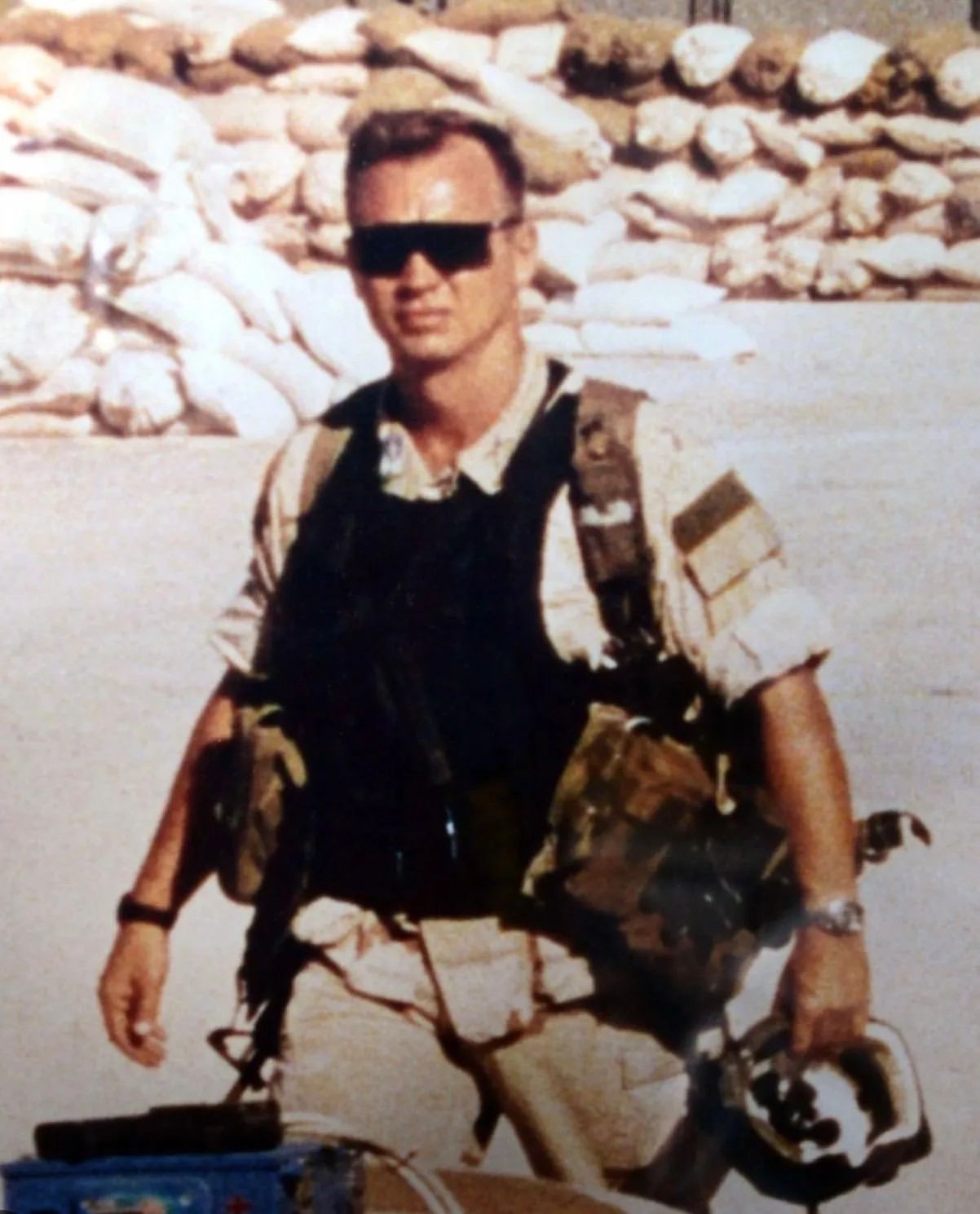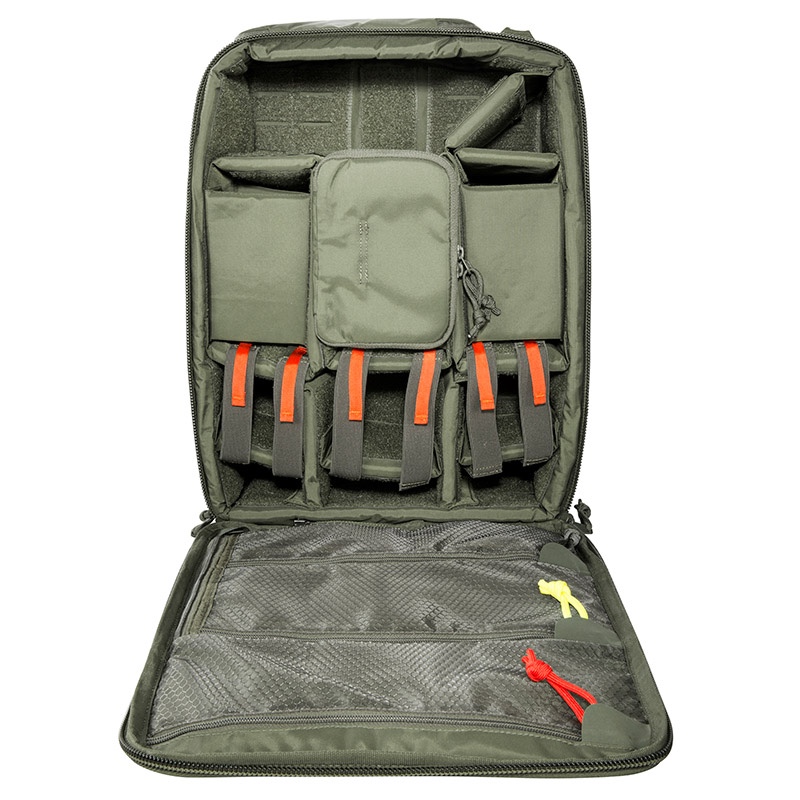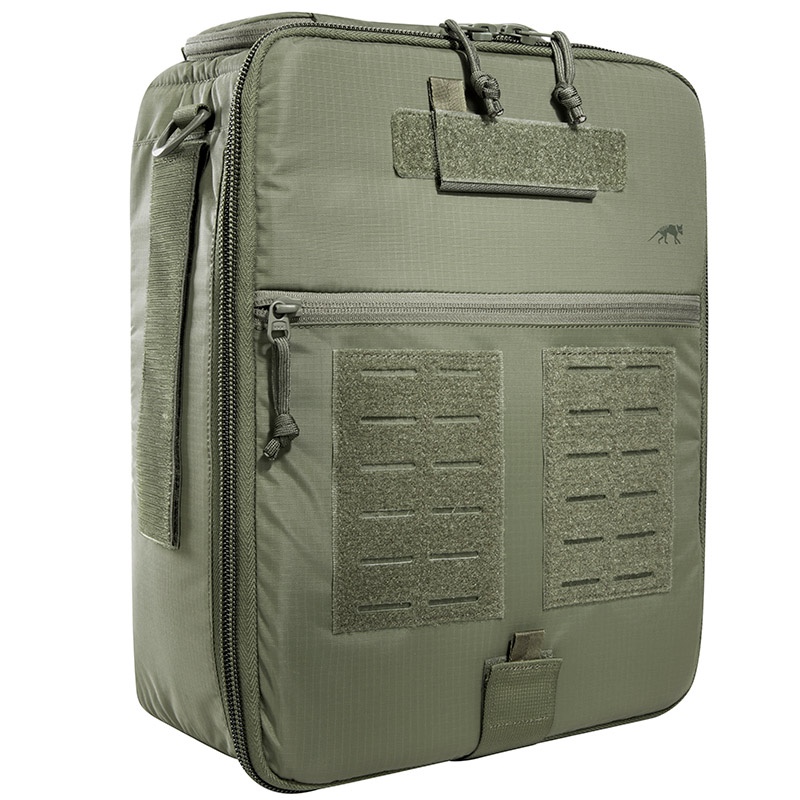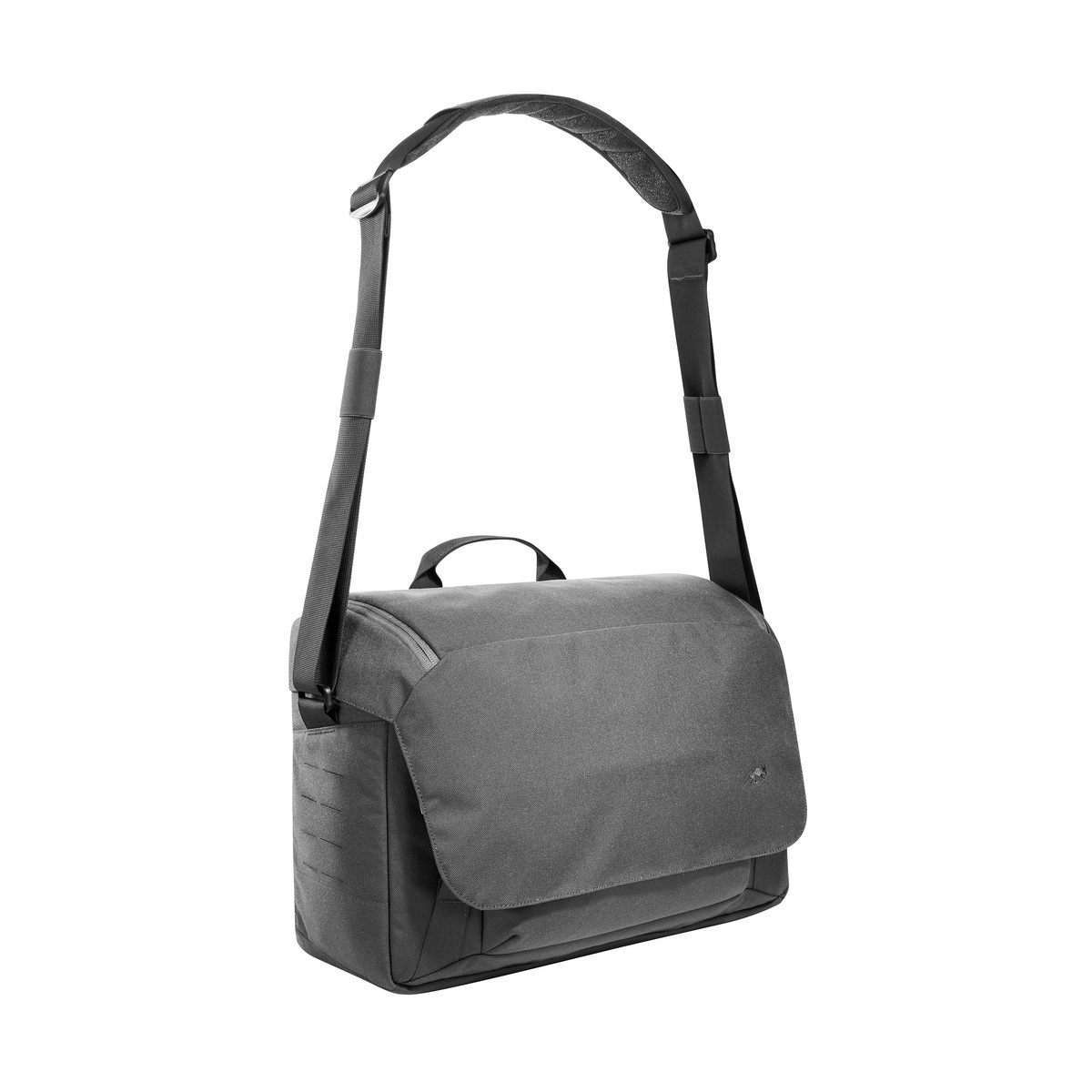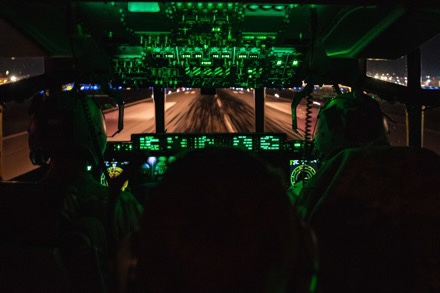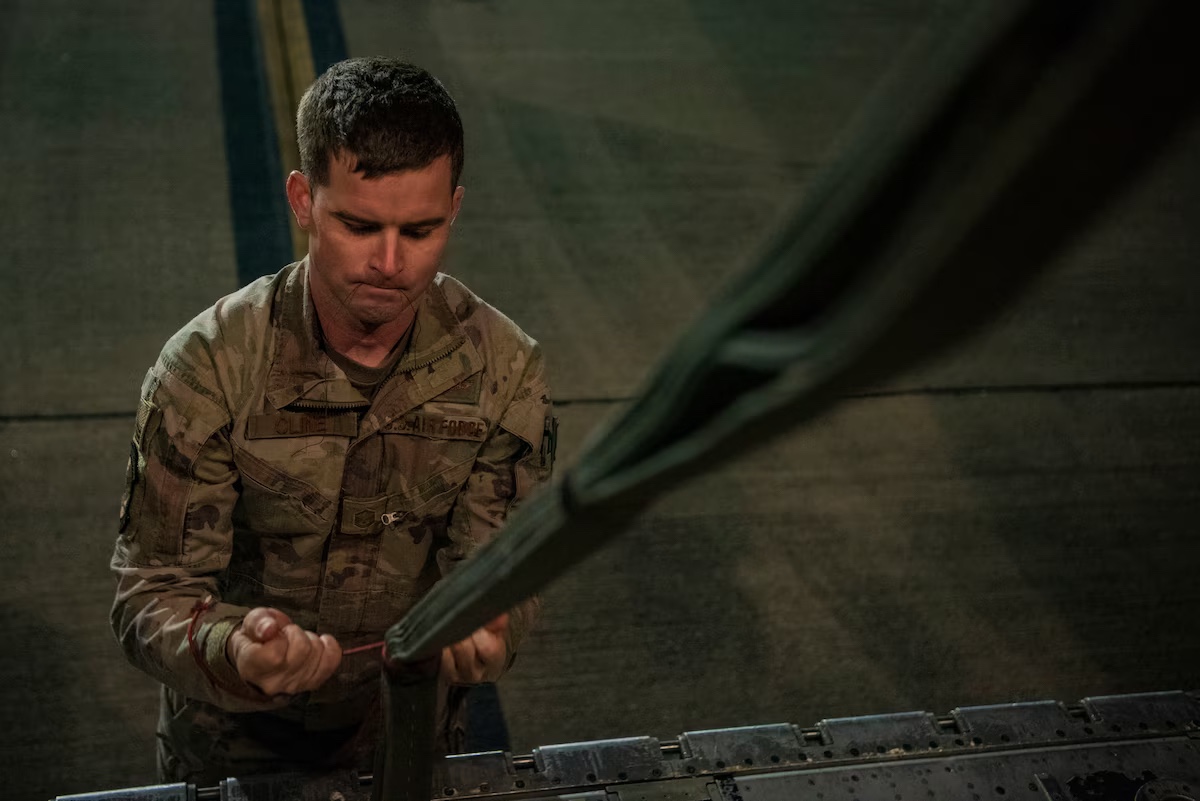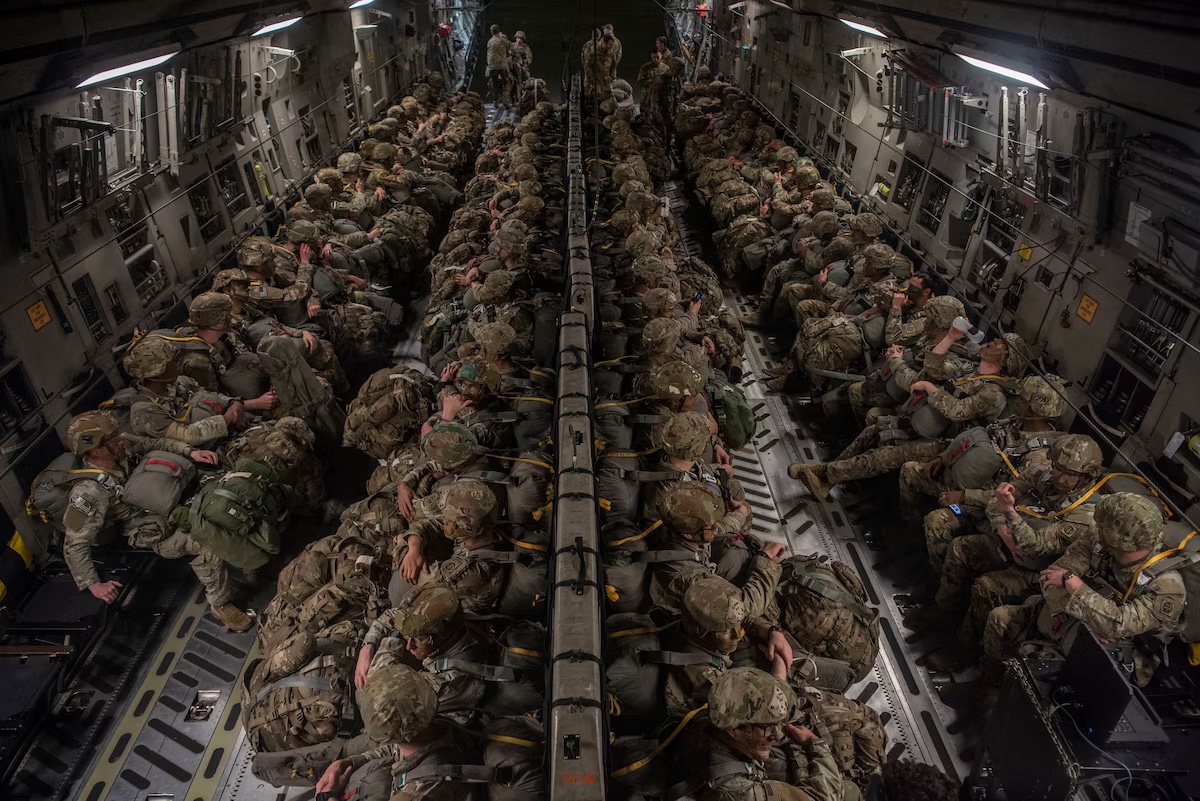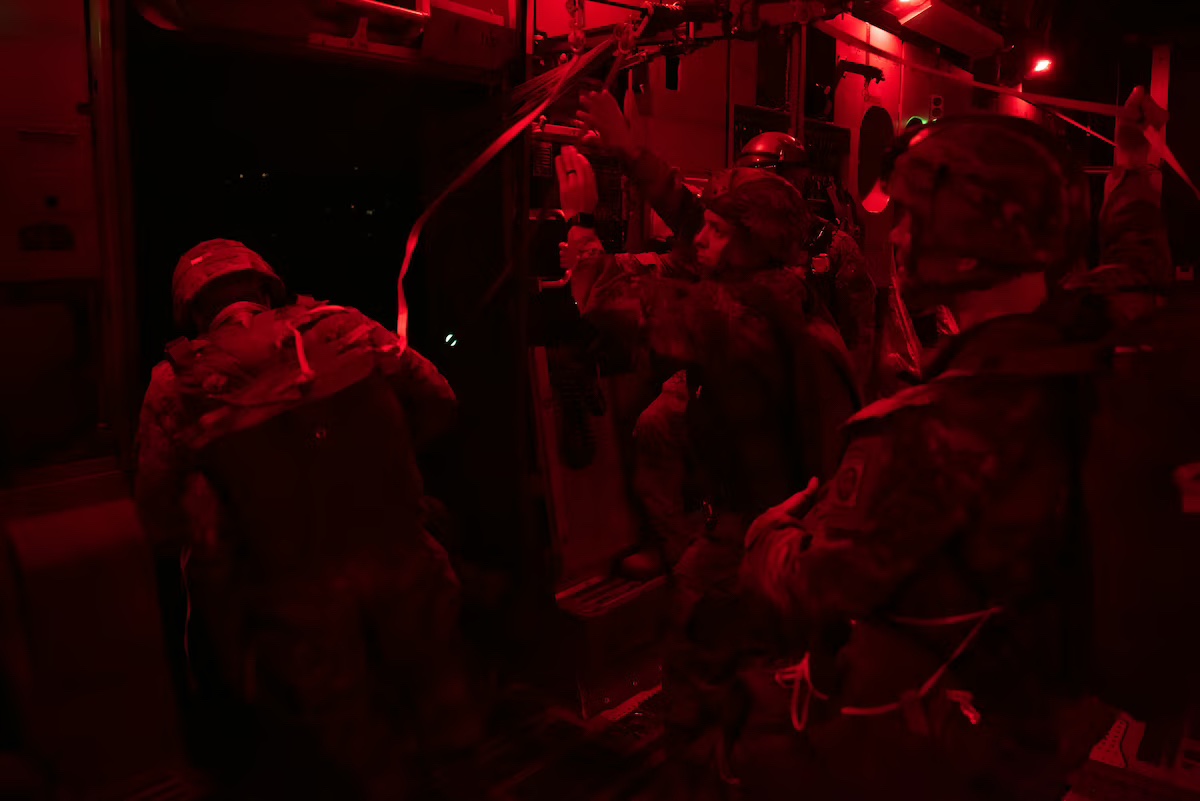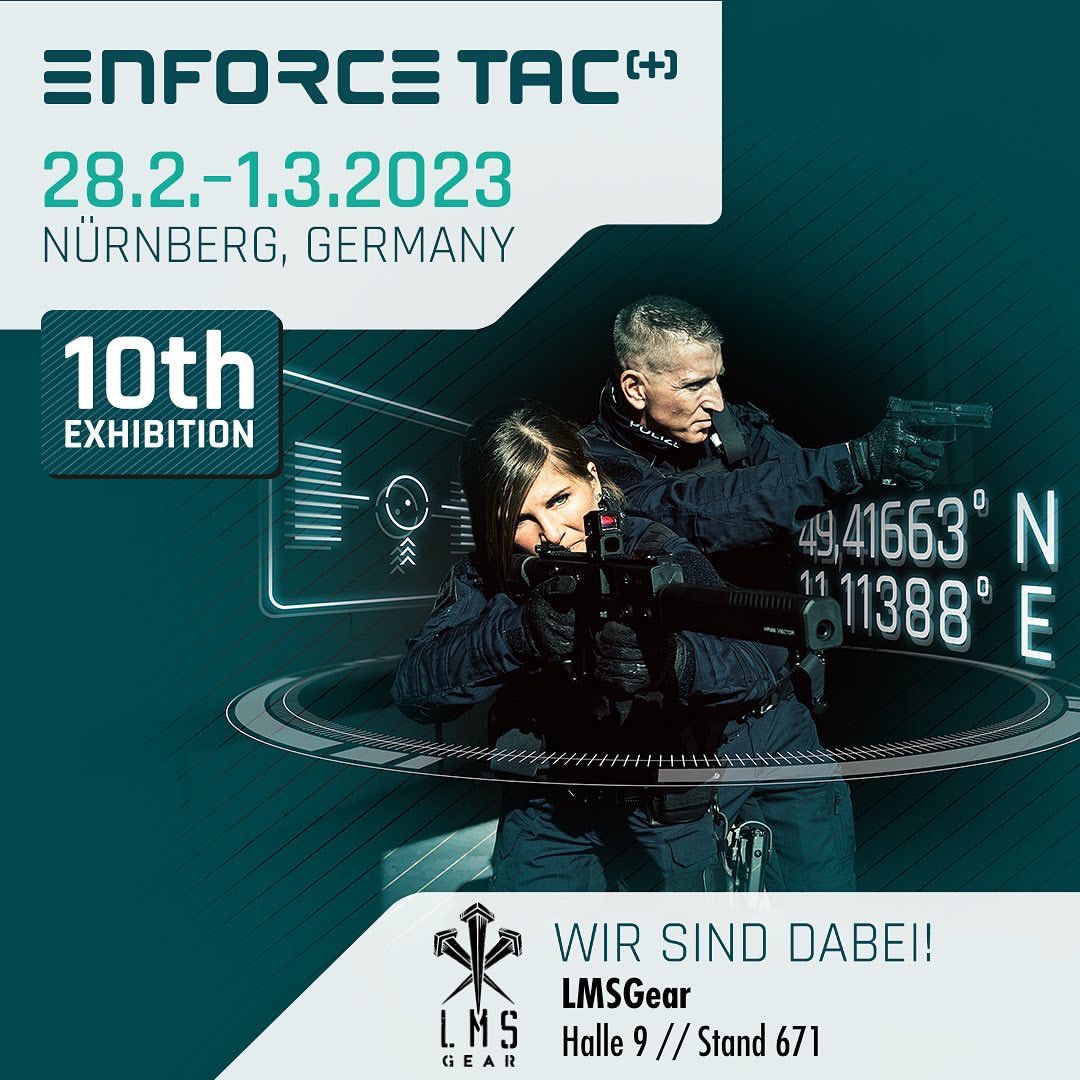Kromek, the radiation detection specialists, has hosted its annual seminar and future concepts showcase at the Royal Academy of Engineering in London. A group of international experts presented and discussed the options for the future deployment of detection systems to help make the world a safer place.
One of the most important conclusions reached was that better decisions are made when decision makers have access to accurate, timely, meaningful data. This was amply illustrated by the fascinating talk and discussion led by Dr Vincent Tang from Lawrence Livermore National Laboratory (LLNL), who was the Programme Manager of the US SIGMA programme, which built a data provision and analysis network system. The fascinating session was backed up by a lively discussion on the utility and deployment of the SIGMA Network and the need to provide robust, deployable and effective modern detectors. Such detectors must have the capability to rapidly provide useable data that can be processed into formats decision makers can use without difficulty.
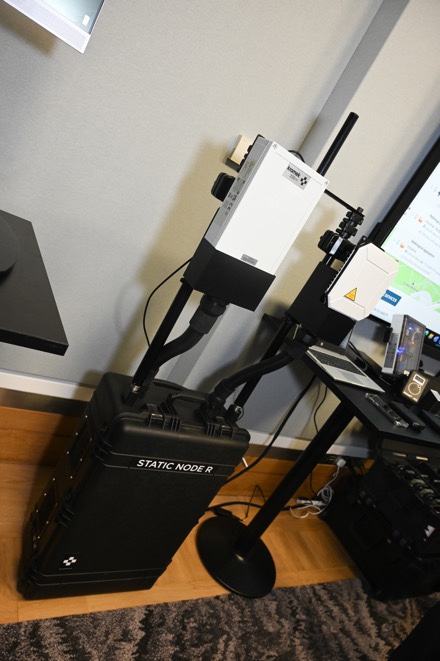
The counterpoint to this was an equally fascinating presentation of the impact the War in Ukraine has had on the radiation detection system in that country. This session showed the utility of the deployability, sensitivity and effectiveness of the Kromek Radiation detection systems. Dr Oleg Voitsekhovych, Head of the Environmental Monitoring Department of the Ukrainian Hydrometerological Institute in Kyiv joined the seminar by zoom and his colleague Matthew Wrigley, Head of Operations in Ukraine for Hala, was present in person. They elaborated on the efforts to rebuild and develop the system in Ukraine. Some of the current system has been rendered useless by hazards of the war and Russian activity, while some of it is nearly obsolete. They also briefed the audience on the challenges of keeping the system operational in the light of the proximity to conflict areas of both the Chernobyl and Zaporizhzhia nuclear plants and the irresponsible behaviour by the Russians in such dangerous sites.
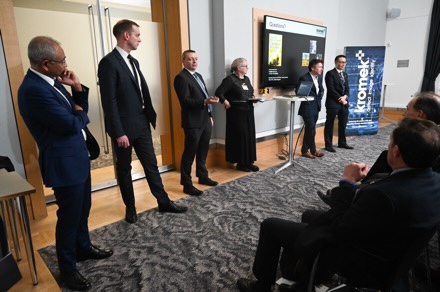
There was a specific session on Kromek’s suite of radiation detectors, including the launch of its newest static node detector, the Static Note R, which is equipped with both cellular and satellite connectivity for enhanced endurance in remote or high-hazard situations. It has sufficient power for a seven-day period and has a built-in full-spectral capability. Additional enhancements to existing detectors were also unveiled, including the new languages capability for the handheld D5 RIID.
Kromek’s demonstration of its radiological capabilities was backed up by a presentation on biological detection. Here, the rapid advances in the capability and deployability of Kromek’s multi sequencing rapid biological detector was a key point of the discussion and was given weight by the fact that the system is designed to be deployed against health pandemics as well as war-fighting agents.
Dr Arnab Basu, Chief Executive of Kromek said: “We were delighted to host a global panel of experts to discuss the importance of radiation detection and resilience in a time of conflict. The war in Ukraine has heightened public awareness of the genuine risks of a radiological incident and the need for national programmes for detection and resilience.


